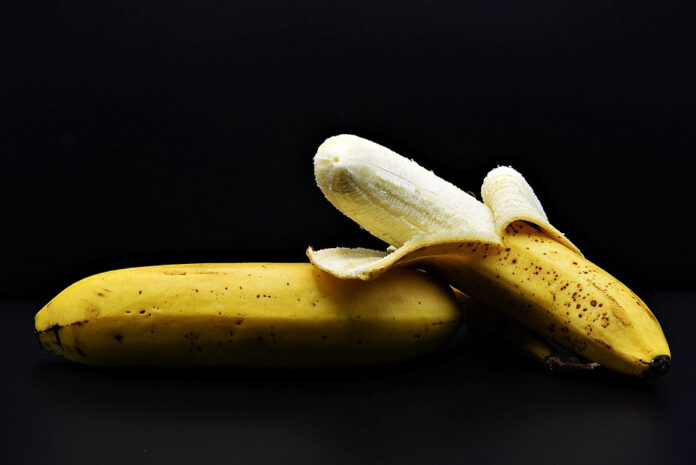After the meat, there is a lab fruit

Creating food from the laboratory is a direct consequence of the lack of food struggling with humanity. Meat grown in hybrid crops is nothing new, and now scientists are trying to create fruit tissue fruits that hope to one day taste and smell as a real fruit when consumed. New Zealand researchers hope the program will help maintain stability in the country’s food. The program aims to grow fruit tissue without pieces that are usually thrown away, such as apple or orange peel, and food grown in a laboratory can play a key role in sustainable agriculture, but is still at a very early stage of development.
It will also be necessary for consumers to accept this practice. Older generations may be hesitant, but research shows that younger generations are ready to try new food if that food offers health benefits while limiting their environmental impact. Fruits grown in a laboratory are usually produced using techniques such as cellular and tissue culture and synthetic biology. Here are some examples of fruits that are currently or experimentally grown in laboratory conditions: strawberries – they are often used in research because they grow rapidly and have a simple genome, cellular culture allows for strawberries without the need for seeds; bananas – laboratory breeding is used for preserving varieties that are at risk because they are susceptible to diseases; Grapes – Tissue culture enables the preservation and propagation of certain grape varieties, especially in viticulture, also exploring genetic modifications to increase disease resistance; Pineapple – tissue culture is used for breeding without viruses and for commercial seedling production; Apples and pears – the culture of buds and tissues is used to preserve old varieties and for faster breeding and laboratory fruits. Scientists are experimenting with making synthetic fruits or fruits of cells, similar to meat grown in a laboratory. It is not yet commercially available, but there are prototypes, for example mini-fruits made of plant biomass in gels.
Interestingly, scientists report that there are advantages if you choose laboratory fruits. It is safer to eat because there are no pesticides or herbicides, it is less likely to contaminate, scientists can accurately control the content of sugar, vitamins, color and taste, and the fruit grows faster and without spoiled parts and no seasonal restrictions.








